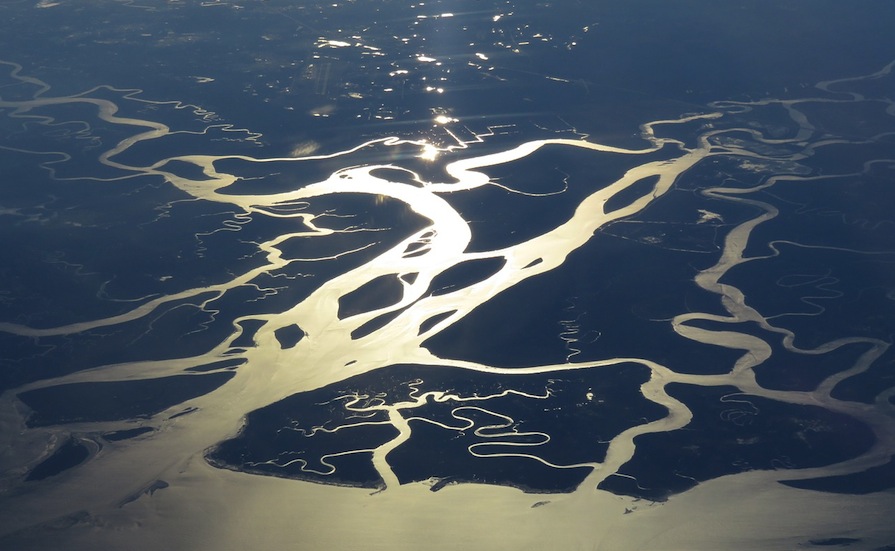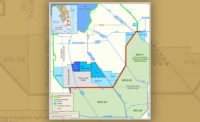Pollution Control
Fla. Governor Is Set to OK $1.5-B Everglades Reservoir

An aerial view of a large wetland system. Courtesy of Pixabay.
Florida Governor Rick Scott (R) is expected to sign legislation to create a $1.5-billion reservoir, largely using state-owned land, in the Everglades Agricultural Area south of Lake Okeechobee. The reservoir will provide up to 360,000 acre-ft of storage for excess water from the lake with the goal of reducing and eventually eliminating the discharges of polluted water to coastal waters that have been blamed for last summer’s toxic blue-green algal blooms.
The legislation was proposed in a surprise an anouncement in August 2016 by state Senator Joe Negron (R), at the time the incoming president of the Senate, who represents a district affected by the blooms. Blue-green algae, fed by agricultural runoff in the Kissimmee River basin, forms in Lake Okeechobee under certain conditions and must be discharged to tide if the lake’s level rises and threatens the Herbert Hoover Dike, which encloses the lake. When the reservoir is built, it will store 240,000-360,000 acre-ft of polluted water from the lake, reducing the lake’s level and preventing discharge to tide.
|

|
| This USGS map of the Designated Everglades Areas does not show the Everglades National Park, just out of view to the south. Image: Wikimedia Commons |
The reservoir is not part of the Comprehensive Everglades Restoration Plan, but it will perform like the reservoirs proposed in CERP, allowing the polluted water to be released gradually into the Everglades where it will be cleansed by the natural processes that created the Everglades over millennia. As is done in CERP, it will be funded in equal parts by the state and federal governments. The South Florida Water Management District will develop the plan using existing state-owned land and adding to it as necessary through land-swaps and purchases. The schedule for completion has not yet been determined.

